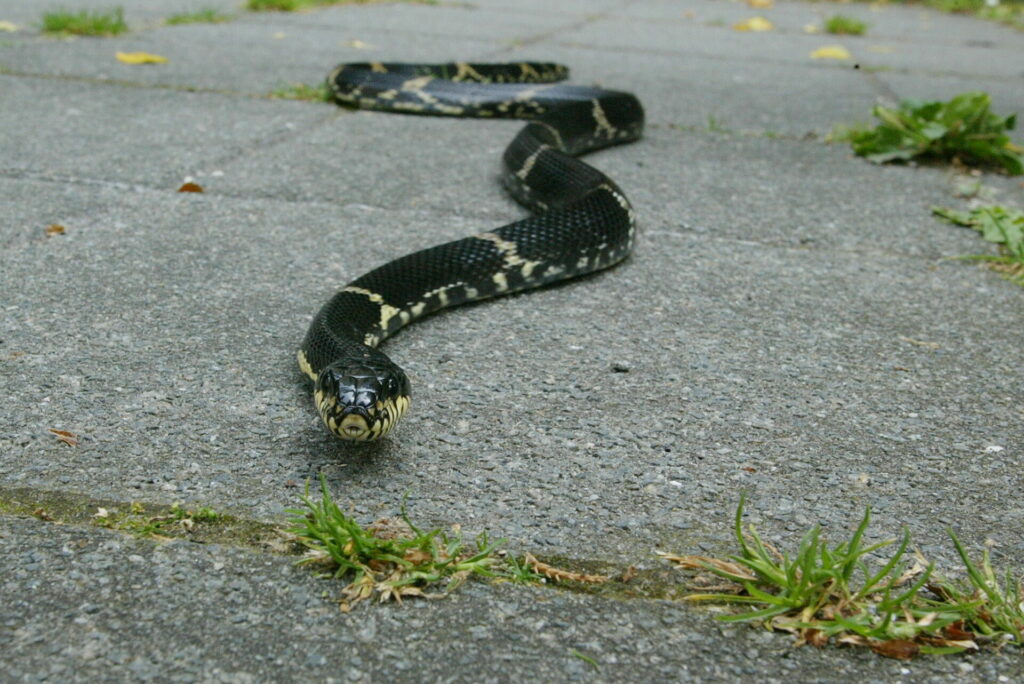The warm weather doesn’t only attract humans to sunny spots. Snakes, cold-blooded reptiles who get their body heat from the sun, will also be looking for spots to warm up, especially in overgrown areas and country paths.
The common adder, a popular species in northern and central Europe, is the only poisonous snake in Belgium and – like most other snakes – will only bite if it feels threatened. This fact, of course, does not stop many people from being wary of them and other snakes.
A study carried out by a Belgian team from the Institute of Neurosciences of ULB in Brussels looked into the reasons behind the perception of snakes as a danger as part of their research into consciousness. They wondered whether the fear was innate, as a result of natural selection, or acquired through their education. The researchers tried to see if there was an automatic detection of predators in an immature human brain, that of a young child, similar to that seen in primates.
To do this, researchers monitored the electrical signals of the brains of 26 children aged 7 to 9 months when they were shown six images of animals per second: cows, dogs, fish, rabbits, horses... Every five images, they added an image, either of a coiled snake, a frog, or a caterpillar. The coiled position of the snake strongly resembled a frog or caterpillar.
[playlist type="video" ids="258339"]
[video width="1920" height="1080" mp4="https://storage.googleapis.com/article-contents/media/2022/07/e200fc31-snake-study.mp4"][/video]
They looked at the electrical reactions of the brain, to see if there was a correlation between what the babies were seeing, which they couldn't really be aware of since the images passed very quickly, and detection at the electroencephalogram.
The researchers were able to demonstrate that, as soon as there is a snake, there is a reaction at the occipital electrodes, those that measure the activity of the visual cortex.
The baby, without being conscious, already knows how to detect that this animal is problematic compared to the frog, the caterpillar, or the dog or cat. The child is not afraid, it is just a completely unconscious reaction.
Natural selection has programmed the brains of primates (and children) who are not yet fully developed or educated to react when presented with an image of a potential predator – in this case a snake.
Related News
- Five-star 'insect hotel' opens in Antwerp
- New 'City of Science and Innovation' centre to be opened in Molenbeek
- Brussels residents demand more biodiversity with 40,000 signatures
There is also a possibility of distinguishing it from other animals that resemble it, in this case, the frog or the caterpillar. The brain can instantly distinguish 'normal' animals from others that are potentially dangerous.
The reaction that would come after, namely fear, is then an educational construct. Children quickly learn to be afraid or not, depending on the social context. The fear of spiders, for example, is deeply entrenched but it is totally educational, the researchers said.

